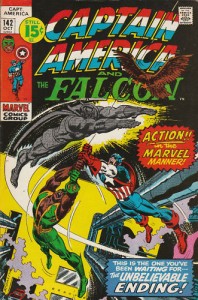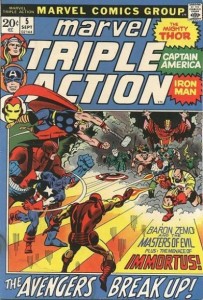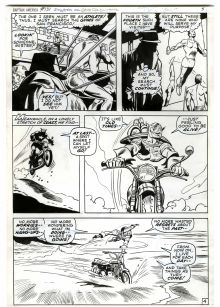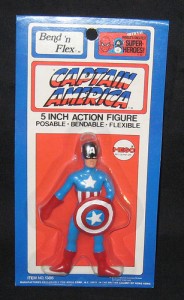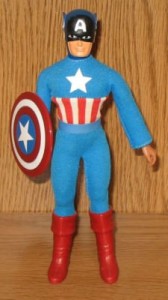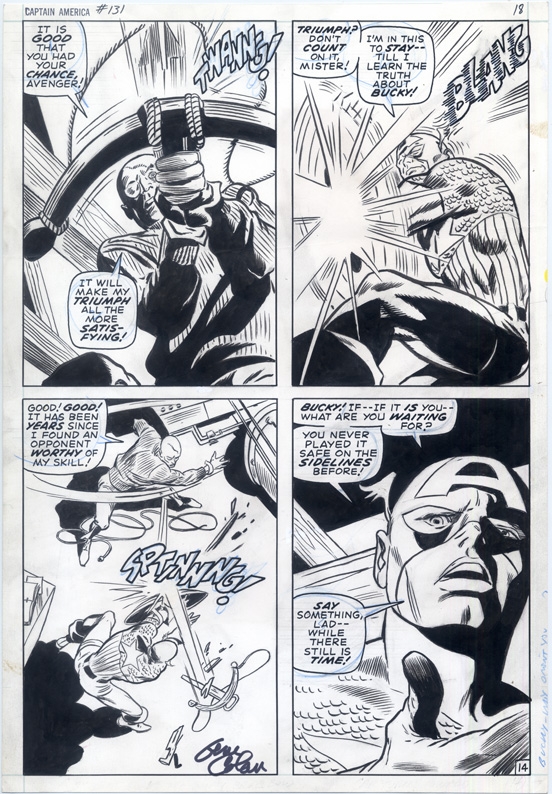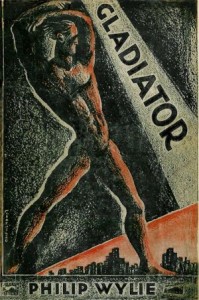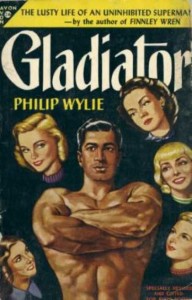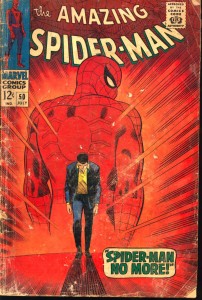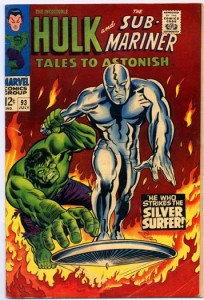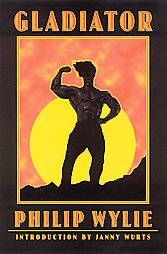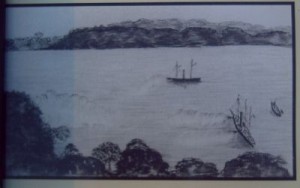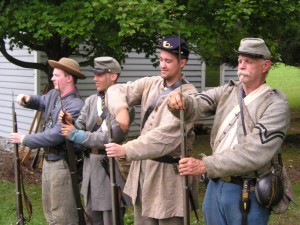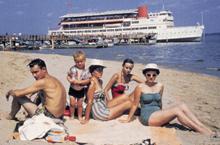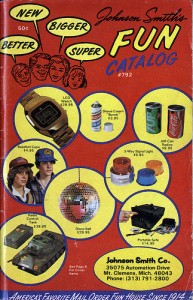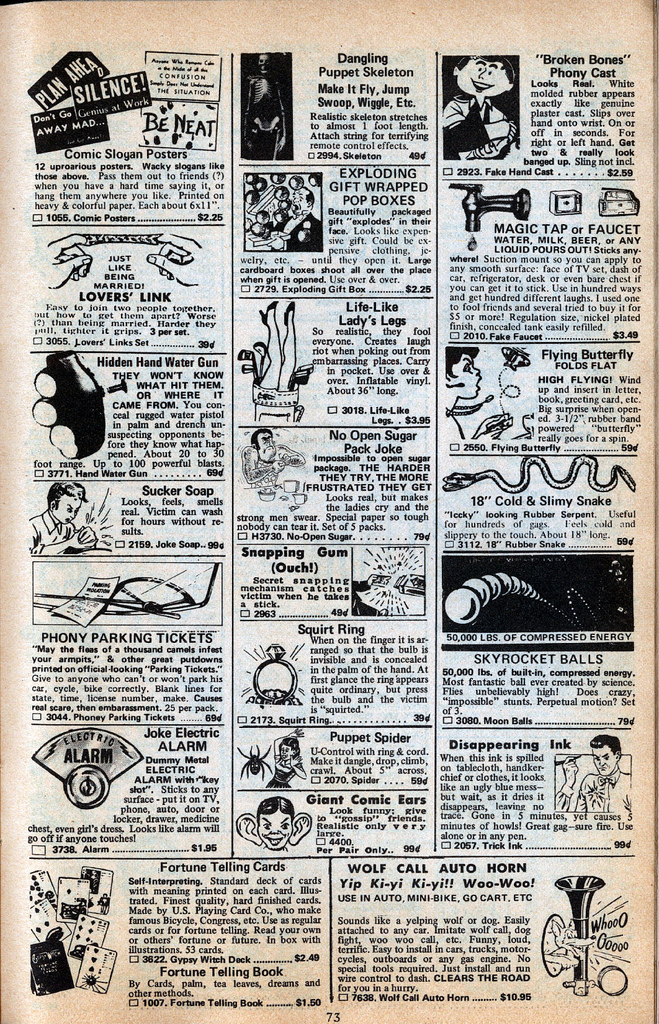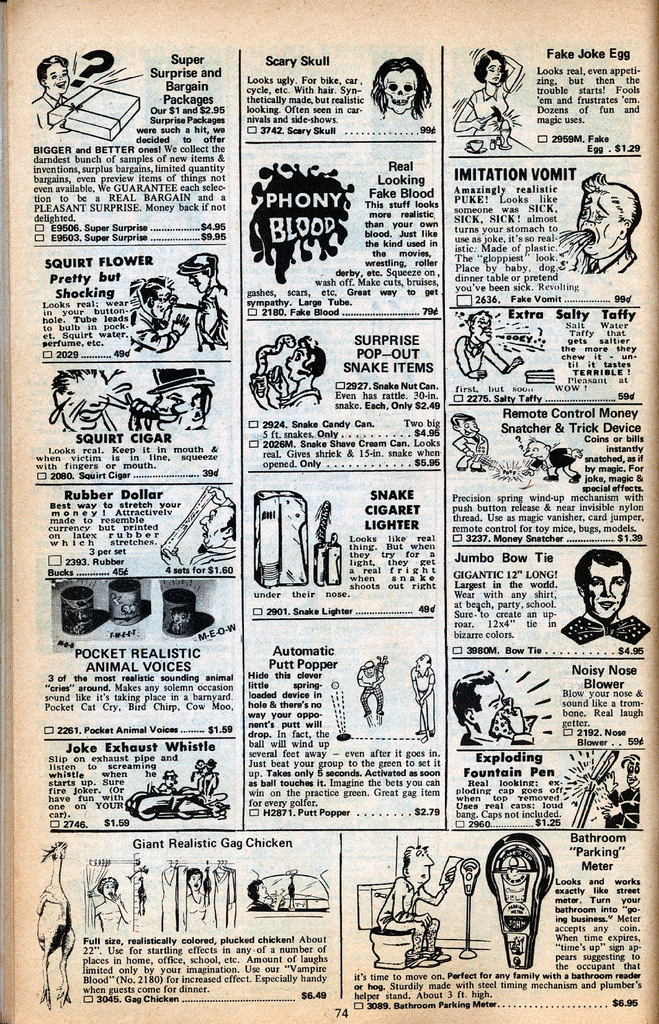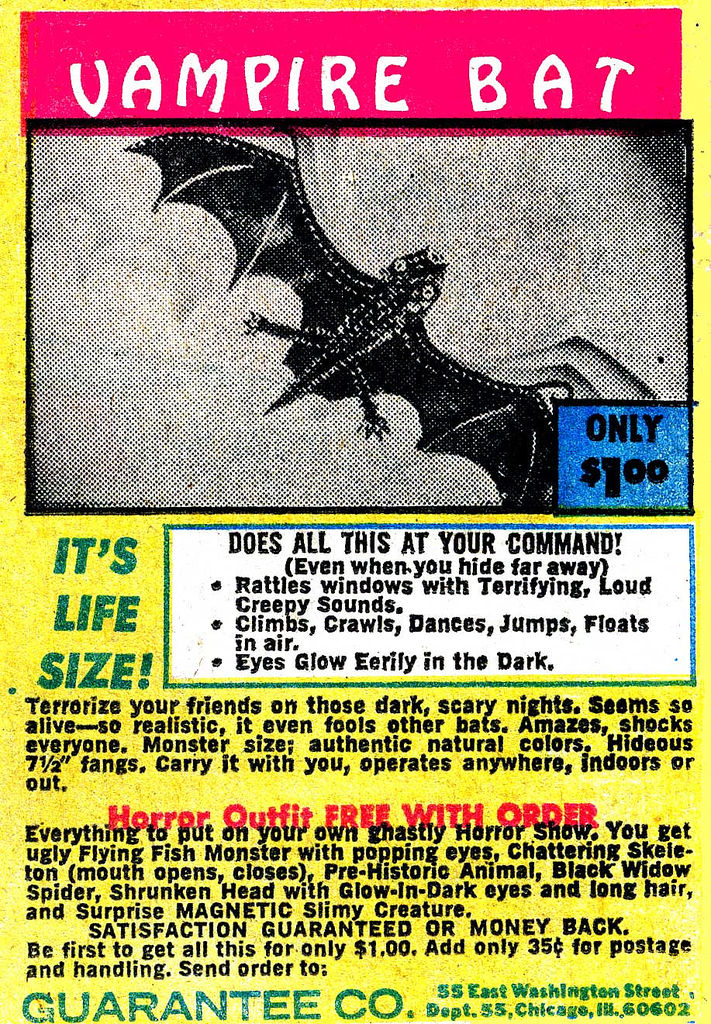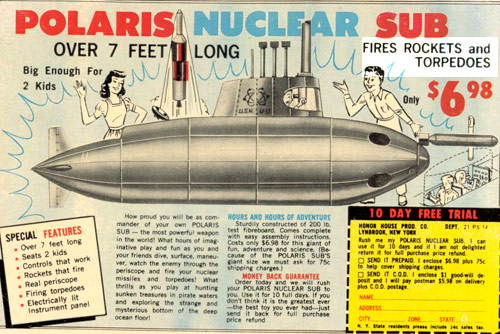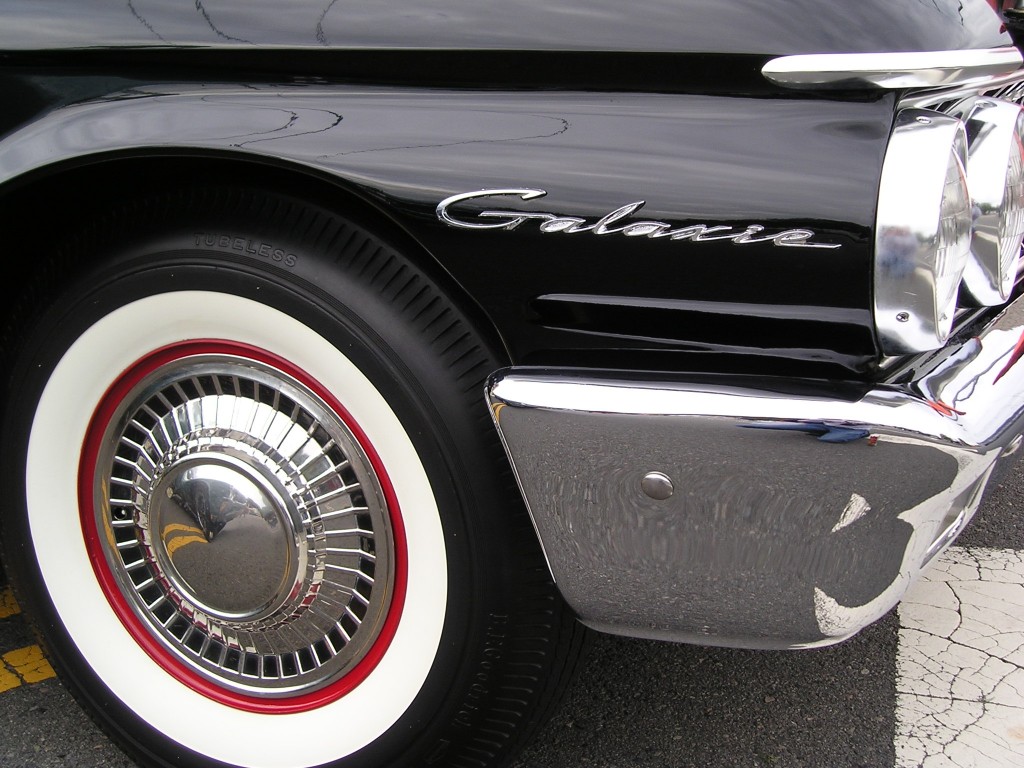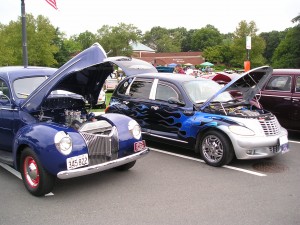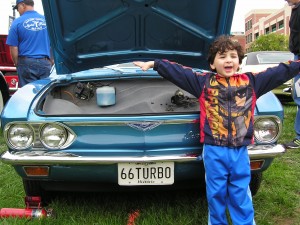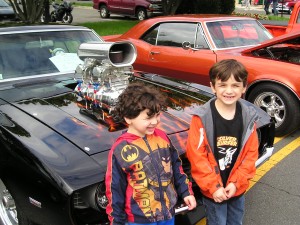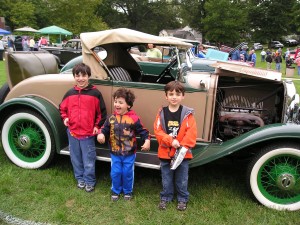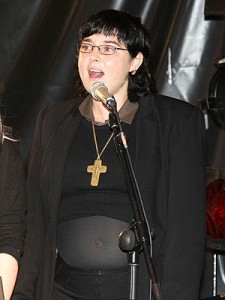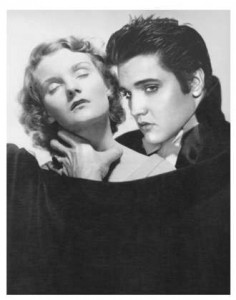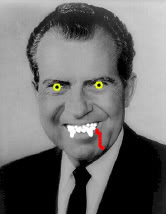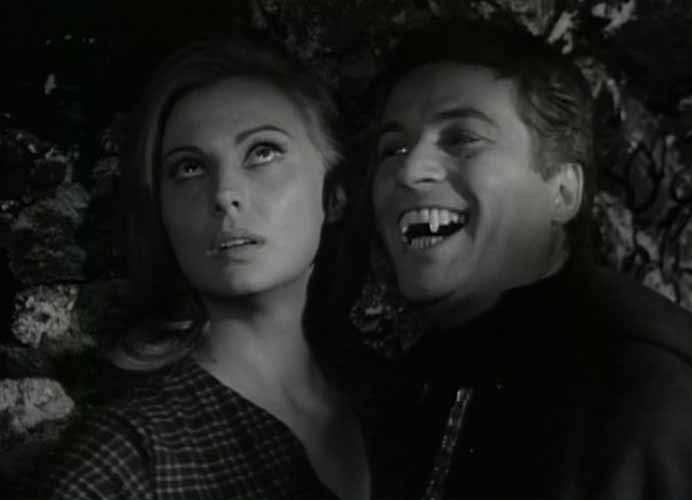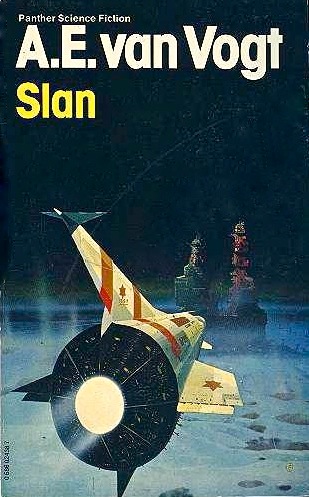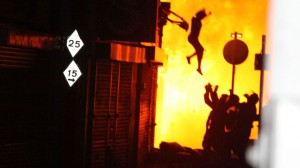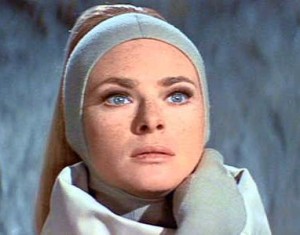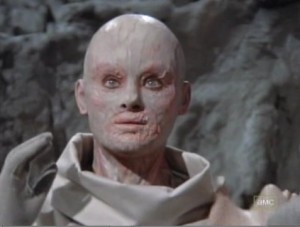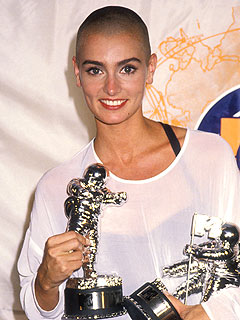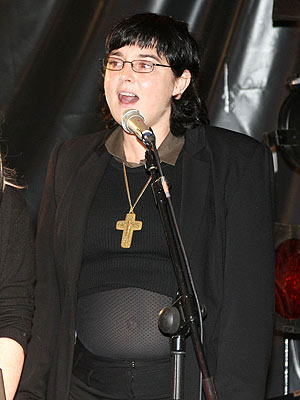This past Saturday was Captain America Day in my household. The day I finally got around to taking my three boys to see Captain America: the First Avenger. Why did I wait so long? Because I’m cheap. A skin-flint. I just happen to feel that taking my three kids to see a Saturday movie matinee shouldn’t cost approximately twice what it takes to feed them lunch at a mid-priced restaurant. So we waited until the Cap movie came to the second-run movie theater a half-hour’s drive away.
I made a big deal of it with the boys. I told them that if they were good, they’d get to pick out a Captain America toy or comic book of their choice after the movie. (Considering the prices of toys and comic books nowadays, maybe I’m not such a cheapskate.) I really wanted them to like the movie and to like Cap. I remember falling in love with Captain America as a kid. He wasn’t my first favorite superhero; that would be Iron Man. But I fell in love with Cap because my dad told me he’d loved Captain America comics when he’d been a kid, when Cap had just been created by Simon and Kirby, and because he took me to a comic books show and pointed out some of the old issues he’d read, and because I saw a Mego Bend ‘n Flex Captain America at a toy store that I dearly wanted. But, most importantly, I fell in love with Cap because I then read a ton of Captain America comics written by Stan Lee and Steve Englehart, drawn by Jack Kirby and Gene Colan and John Romita and Sal Buscema, and those comics made me want to be Captain America. So I wanted my boys to love Cap, too, because I’d come to think passing down a love of Captain America from father to son was a family tradition I wanted to continue.
My first Cap comic was Captain America and the Falcon #142, where Cap and the Falcon finished their showdown with the Grey Gargoyle, drawn by the great John Romita (who, true to his roots in romance comics, drew Sharon Carter like nobody else). But the comic that truly made me fall head over heels for Cap didn’t come out for another year — Marvel Triple Action #5, which reprinted The Avengers #10, a story called “The Avengers Split Up!” I bought the comic because Iron Man was in it. But I ended up reading it over and over because of Cap. Cap was portrayed as the heart and soul of the Avengers, despite being their physically weakest member (well, maybe not weaker than the Wasp). Immortus (in his first appearance) manages to alienate Cap from the Avengers temporarily, and in Cap’s absence, Baron Zemo and his Masters of Evil pretty much kick the remaining Avengers’ asses. But then Cap shows up and reunites the team, causing the tides of battle to rapidly turn and the Masters of Evil to run with their tails between their legs. It was thrilling and inspiring to see how even Thor respected the heck out of Cap (whom he could thwack across Manhattan with his thumb and forefinger).
My favorite Cap artist ever? I think that would have to be Gene “the Dean” Colan. He didn’t draw all that many issues of Cap, but the ones he drew were terrific. My favorite of the Colan lot is Captain America #131, which features the appearance of a robot Bucky. The reason I love this issue so much is that Gene got to draw Cap having an absolute blast on the beach riding his motorcycle. Those panels of Cap cutting loose with acrobatic joy made a huge impression on me and cemented my determination to become Captain America when I grew up. Here’s a reproduction of those panels (I just wish I could’ve found a bigger scan):
So what did I think of the new movie? I’ll admit I had my trepidations going in. Having seen the 1992 Captain America movie will do that to you, as will any familiarity at all with the two 1979 made-for-TV movies. I only knew Chris Evans’ work from the first Fantastic Four movie. I enjoyed him as the cocky, none-too-mature Johnny Storm/Human Torch, but I had a hard time picturing him making the transition from Johnny Storm to Steve Rogers, a much different sort of character.
Well, I must say he sold me. I completely bought Chris Evans as Steve Rogers, and I’m looking forward to him reprising the role in The Avengers next year. In all my years of following Steve Rogers’ adventures, whether as Captain America, Nomad, The Captain, a beat cop, a struggling comic book artist(!), or as the head of SHIELD, the qualities that always remained consistent were a bedrock sense of decency and fair play, a grounded sense of modesty regarding his own importance in the big scheme of things (probably due to his modest background and original scrawny stature), and a refusal to ever quit once he’d decided on a course of action. Chris Evans captured all of that. I thought the best line of the film was when, in the middle of his climactic battle with the Red Skull, after the Skull taunts him by pointing to their shared status as super-humans, Cap says, “I’m just a guy from Brooklyn.” Bull’s-eye, and bravo to the script writers (Christopher Markus and Stephen McFeely).
As good as Chris Evans was, my favorite character in the film was Stanley Tucci as Dr. Abraham Erskine, creator of the super soldier serum. Erskine never got much development in the Captain America comics. Originally, he only appeared in a few panels of 1940’s Captain America Comics #1 before being killed by a Nazi spy. His story got slightly expanded in subsequent retellings of Cap’s origins, but the good doctor always got the short end of the stick. Not so in the film. Tucci makes the most of his few moments of screen time. The relationship between him and Steve Rogers is, I think, the most touching and heartfelt relationship in the movie; I could’ve watched a full ninety minutes of nothing but Dr. Erskine and Steve getting to know each other. The only little reservation I have about the movie’s retconning of Erskine’s story is that it has him injecting, unwillingly and under duress, an earlier version of his super soldier serum into the man who becomes the Red Skull. I assume from his name that Abraham Erskine was Jewish; would the Nazi Red Skull have really permitted himself to be subjected to mongrel Jewish science?
I enjoyed the film for many of the same reasons as this guy did. But it wasn’t an ideal film, by any means. I agree with a number of critics who complained that the wartime action sequences felt repetitive and were unimaginatively staged. My favorite of the action scenes in Europe lasted only a half a minute; this was Cap dropping a grenade down the hatch of an immense German super-tank, a monster war machine I would’ve enjoyed seeing more than a few seconds of. The most effective action sequence in the film is the earliest one, when Steve Rogers chases down the Nazi spy who shot Dr. Erskine. This sequence was considerably expanded from its comics counterpart, and it is thrilling, particularly in showing us Steve’s discovery of the extent of his new abilities, as well as his initial awkwardness in making use of his newfound speed. Loved that scene of him careening through the window of a dress shop because he’d turned a corner too fast.
In any case, this picture so immeasurably improved upon its most recent forebears, the 1992 Captain America movie (which I remember seeing a coming attraction for in 1990 at a screening of Dick Tracy, but ended up being so bad it was never theatrically released in the U.S.) and the two made-for-TV movies from 1979, that it earns considerable bonus points from grading on a curve. In my humble opinion, the 1944 Republic serial was no great shakes, either, with its protagonist having nothing in common with the comic book character other than portions of the costume (it was a pretty decent adventure serial, but a pretty lousy Captain America serial), but some viewers are willing to show it more love than I have.
So what did the boys think of the film? Levi, my oldest, thought parts of it dragged (the non-action scenes) and complained that he was bored; he said he’d enjoyed X-Men: First Class much better. Asher, my middle son, enjoyed it and said he liked Captain America: the First Avenger and the X-Men film from earlier in the summer about the same. Judah, my four year-old, was the most enthusiastic about Cap. He also insisted that we hurry to a K-Mart so he could pick out his Captain America toy.
Right after the movie, I took the boys to a comic book store in the same shopping mall. I asked Levi to pick out any Captain America comics or youth-oriented graphic novel he wanted (within reason). Couldn’t get him to bite; he insisted I buy him the latest Wimpy Kid book instead. Then I took the boys to a K-Mart so my other two sons could pick out a Captain America toy. Asher loves cars and trucks, so he gravitated to the Heroes vs. Villains custom cars sets. I asked him if he’d like me to get him the Captain America vs. the Red Skull set. No sale; he picked the Wolverine vs. Sabertooth set instead. Come on, kids, you’re killing your old pop! Can’t you see I’m begging you to let me buy you Captain America stuff? Only Judah, my littlest guy, picked out a Cap action figure. Now I know who will be inheriting my collection of Bronze Age comics…
Well, here are some fun Cap links for you all to chew on–
Someone probably put more time into compiling this Wikipedia article on the Marvel Super Heroes cartoon shows of the mid-1960s than the filmmakers put into making the cartoons themselves. Scary.
This 1990s Captain America cartoon series would have had much better production values, but it never got beyond the drawing board stage.
A nice little portrait of Reb Brown, the actor who portrayed Cap in two 1979 made-for-TV movies. A month after giving this interview, though, he seemed mighty pissed off that he hadn’t been given a cameo in the new film.
If you thought nothing could look worse in Captain America-land than Reb Brown in that motorcycle helmet, try taking a gander at this.
If that last image really lit your cigar, you might want to bid on Reb Brown’s costume from Captain America: Death Too Soon. Shame it doesn’t come with the famous motorcycle helmet, though…
A really cool DIY Captain America shield.
A helpful history of the many, many characters who have taken up the mantle of Captain America over the years.
The same history, but edited down to eight comics panels.
A bit of nifty what-if on who might’ve been cast as Captain America had a big-screen movie been filmed in earlier decades.
A visual history of the Mego Captain America toys of the 1970s.
Fifty-six pieces of great Captain America swag I wish I could’ve had as a kid.
An appreciation of Gene Colan’s “groovy” late 1960s and early 1970s Captain America work.
A drinking game you can play while watching your DVD copy of the 1992 Captain America movie.
For your aesthetic pleasure, here’s a marvelous page of Gene Colan’s art from Captain America #131:
And let us close with these inspiring lyrics from the 1960s Captain America cartoon show:
When Captain America throws his mighty shield
All those who chose to oppose his shield must yield
If he’s lead to a fight and a duel is due,
Then the red and white and the blue’ll come through
When Captain America throws his mighty shield…
And remember — Let’s rap with Cap!

